MOUVO Conference 2024: A Motion Designer's Deep Dive into AI, Inspiration, and Innovation
Day 1: Kicking Off
The event kicked off with an ‘AI Documentary’ from CBS NEWS' ‘60 Minutes’, setting the stage for a conference themed around AI. The central theme was the legend of the Prague Golem - a soulless creature created by humans, paralleling the current discourse on AI as a solution to many of our problems and a potential threat.
Then, Timea “TimTim” Balo - the charming 3D designer, shared her design approach. Her mantra, "quantity leads to quality," emphasizes creating quickly and without complications. She sticks to a single color palette and just three materials: plastic, rubber, and fabric, aiming to create a new piece daily based on her quick sketches and the idea of “Would it be cool if…”. She lets her followers weigh in on her work, avoiding self-imposed limitations. Interestingly, she mentioned that clients often preferred works she wasn't too keen on herself.
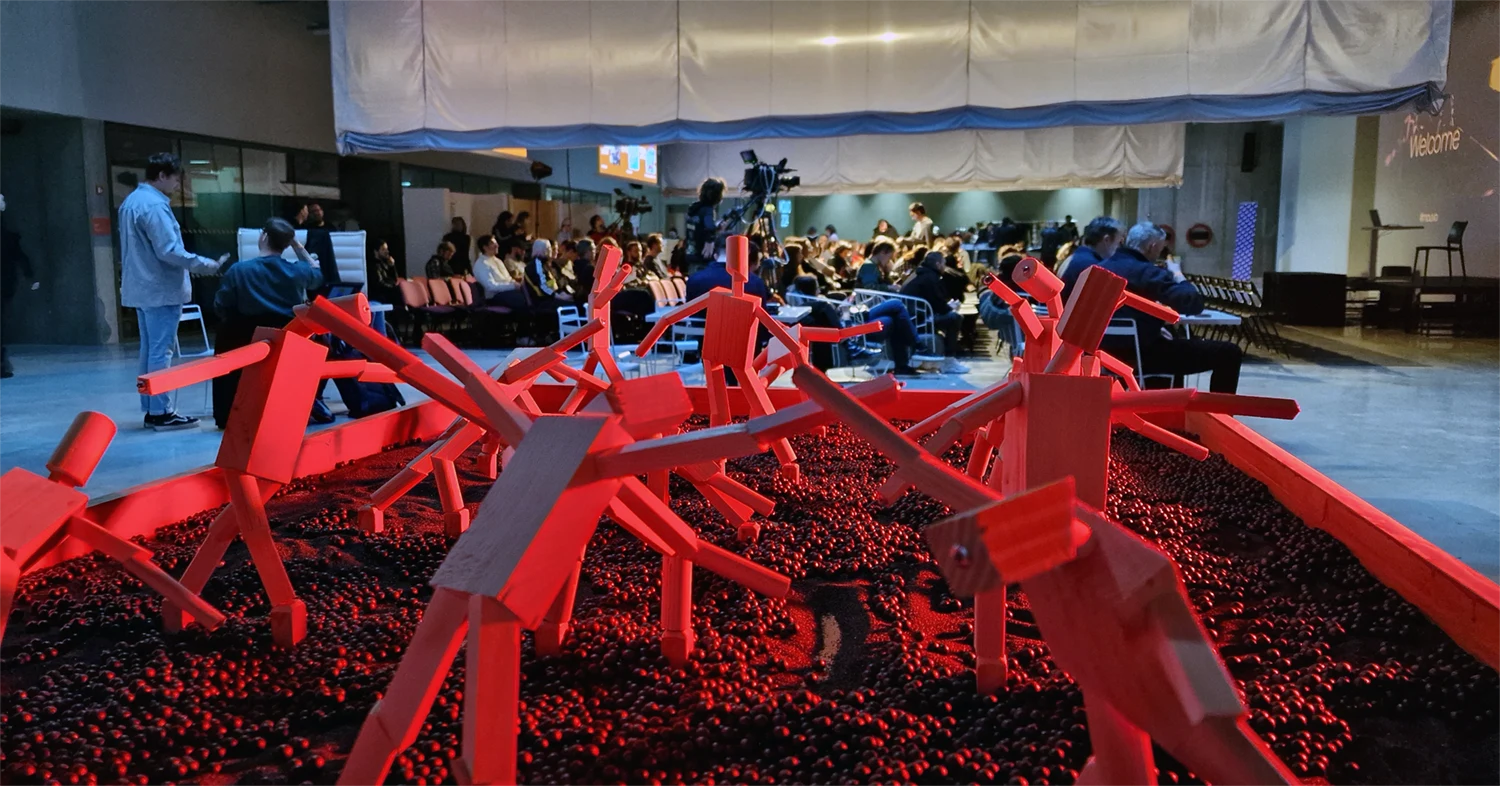
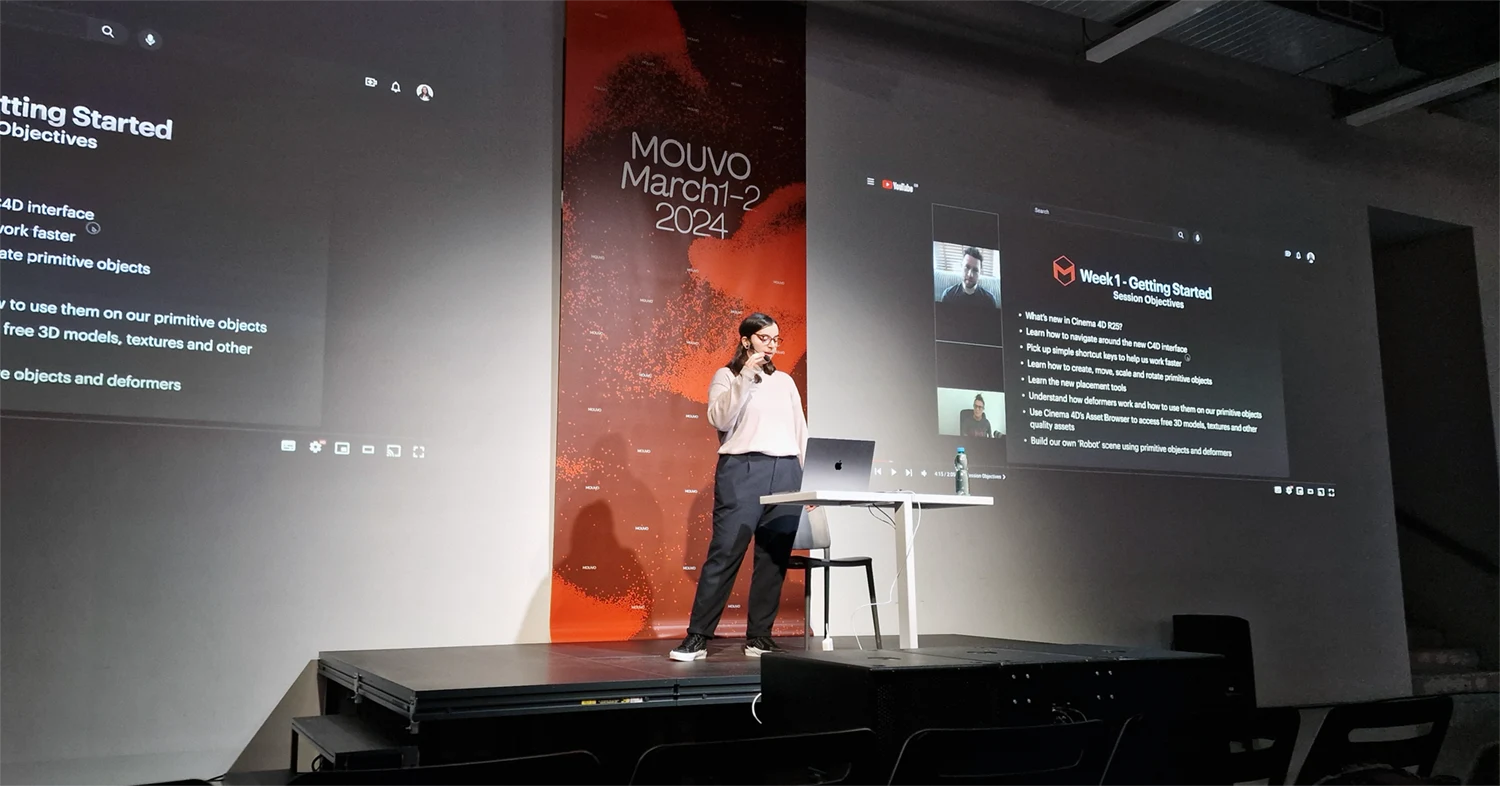
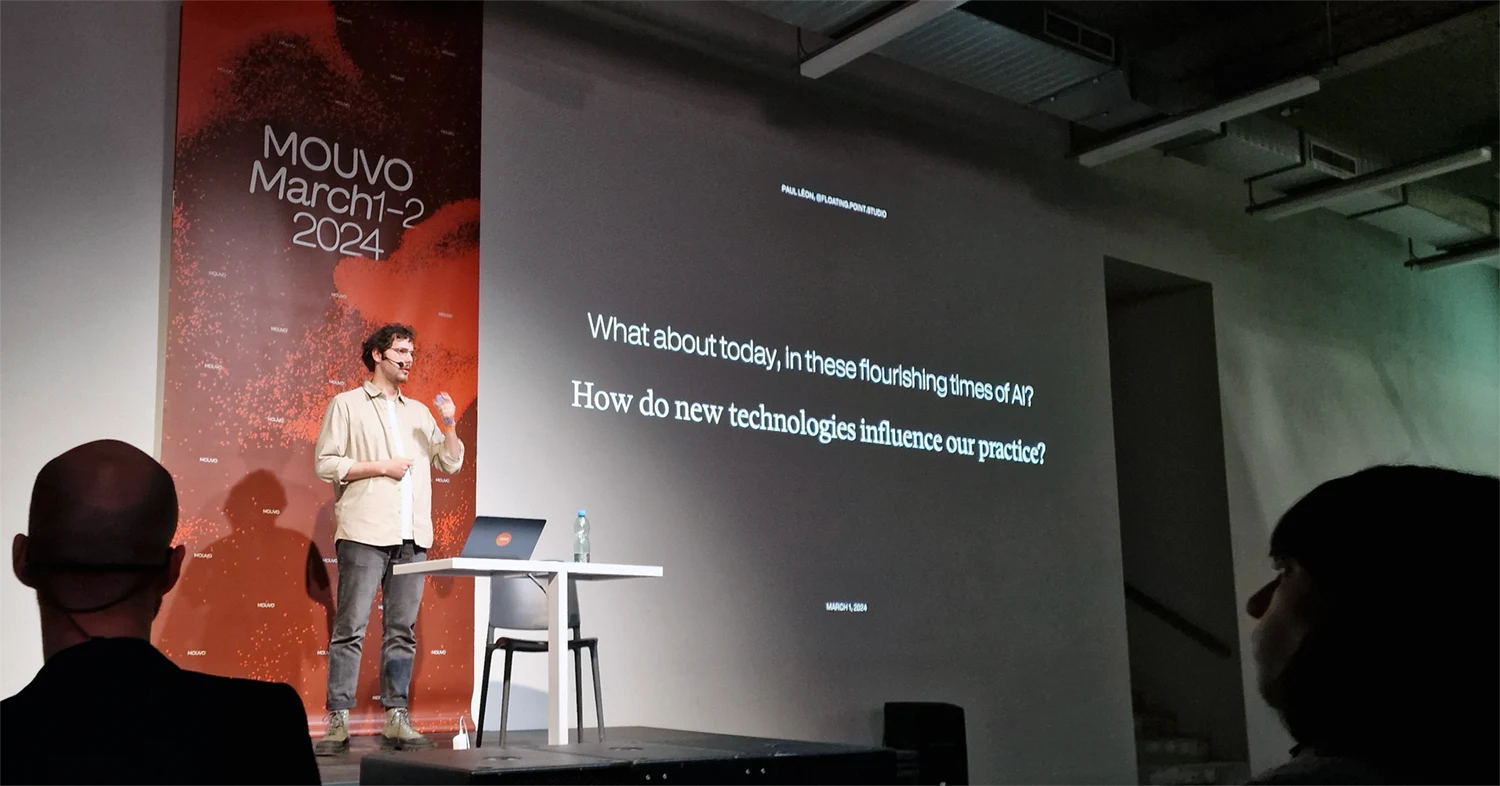
Next, Paul Lëon from Floating Point Studio took the stage. This talented 26-year-old, vice president of the Swiss Media Experiments in Technology and Art Association, discussed his studio's design philosophy, inspired by video games, sci-fi, and anthropology. He talked about exploring new technologies and questioning their impact on our world, present and future. His approach to client collaboration and ensuring their values align was truly inspiring.
The day wrapped with a duo from Bakken & Baeck - Amelie Dinh and Iris Cuppen, who serve as researchers and strategists. Unfortunately, their presentation didn't quite land. Reading from screens, their delivery was flat and emotionless, and the rapidly changing slides didn't match their narrative. It was apparent they were nervous, making it hard for the audience to engage.
Day 2: Ramping Up
Day two started with folks from FOUND - designer Andrea Marshall and creative director Clayton Welham. They shared their latest work on translating emotions and feelings into motion graphics, exploring the relationship between camera work, color, lighting, rhythm, and composition. They beautifully demonstrated how they communicate with clients to earn their trust and achieve exceptional design outcomes. They showed examples of their work that managed to create a real connection with viewers. Ever thought about using motion design to stimulate taste buds? They have, and they nailed it!
Then came the duo from AATB studio, Andrea Anner, and Thibault Brevet, ECAL graduates. Their practice involves a deep understanding of production processes, from software programming and electronics to mechanical engineering and precision machining. They've used industrial robots for art installations that explore the relationship between technology and human nature within their environment, creating installations related to plant nature, light, and elements like water, ice, air, and earth.
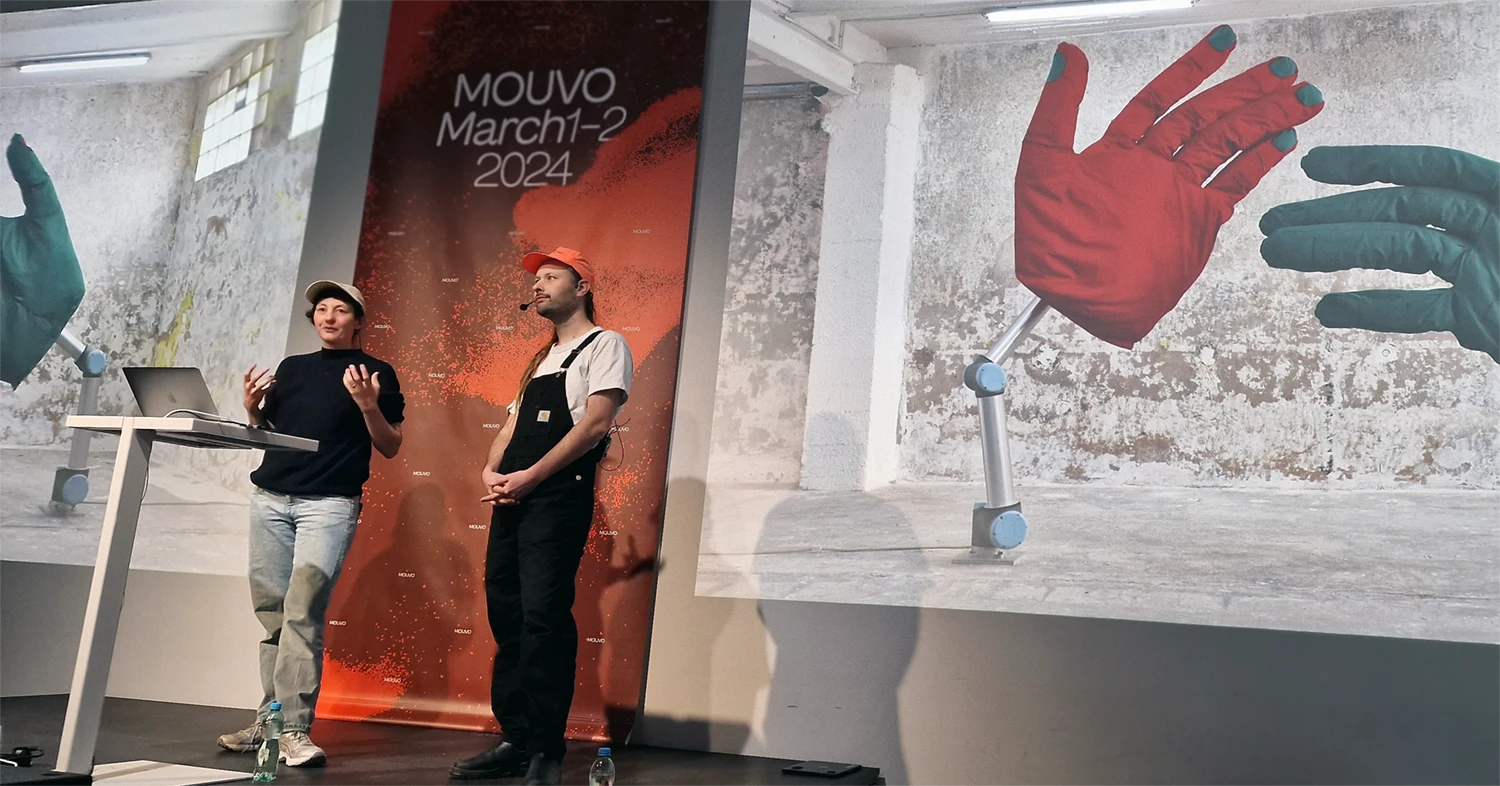
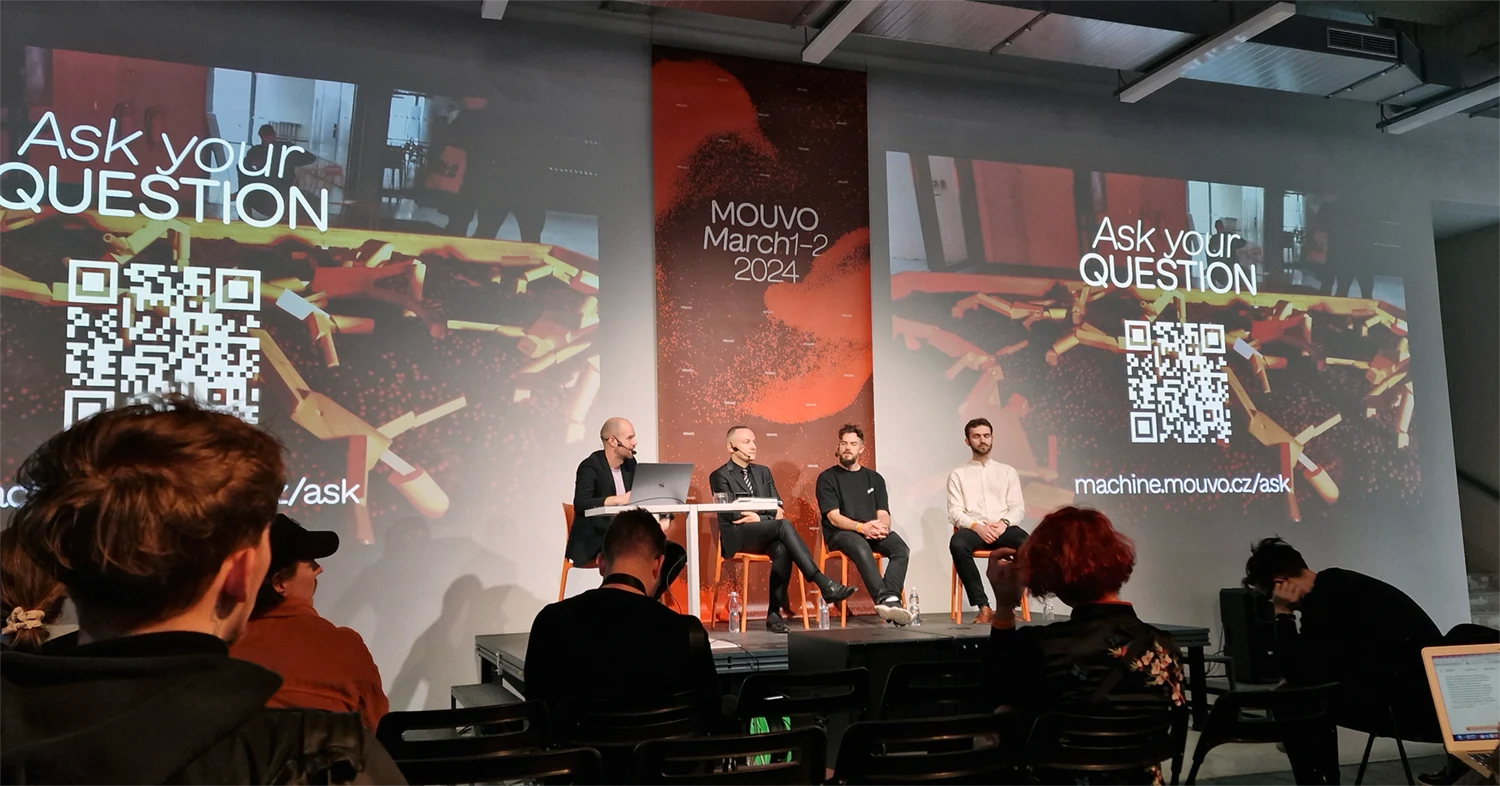
Before lunch, Linus Ekenstam took the floor, sparking what would become the start of many sideline conversations among conference attendees. Known for his breathtaking AI projects and helpful tutorials, he argues that AI is transforming the world of design, revolutionizing creative workflows, and enabling designers to unlock new levels of productivity and innovation. His talk made AI seem more approachable, presenting it as a tool to simplify the creator-designer relationship.
The post-lunch session featured a panel discussion on AI, with Linus naturally having a lot to say. Despite some off-topic audience input, the conversation highlighted AI's relevance and the speakers' extensive knowledge.
Dominic Wilcox stole the show after the panel, with his boundless creativity and infectious enthusiasm for invention. From GPS shoes to inspiring future creative thinkers with his organization Little Inventors, his approach to AI as a tool for quickly bringing hidden ideas to life was memorable.
Lucas Hesse from Lucas Hesse Studio then took the stage, warming my heart with his practical approach to creation. Focusing on typography and motion design, his work, deeply rooted in 2D even when incorporating 3D elements, and his design principles, especially around ensuring key information remains clear and understandable, were enlightening.
The event concluded with a talk from David Sheldon-Hicks of Territory Studio and Christoph Grünberger from Jung von Matt, discussing AI's portrayal in media and its implications. They emphasized our role as active participants in AI's evolution, questioning the future role of artists and designers in an AI-enhanced world.
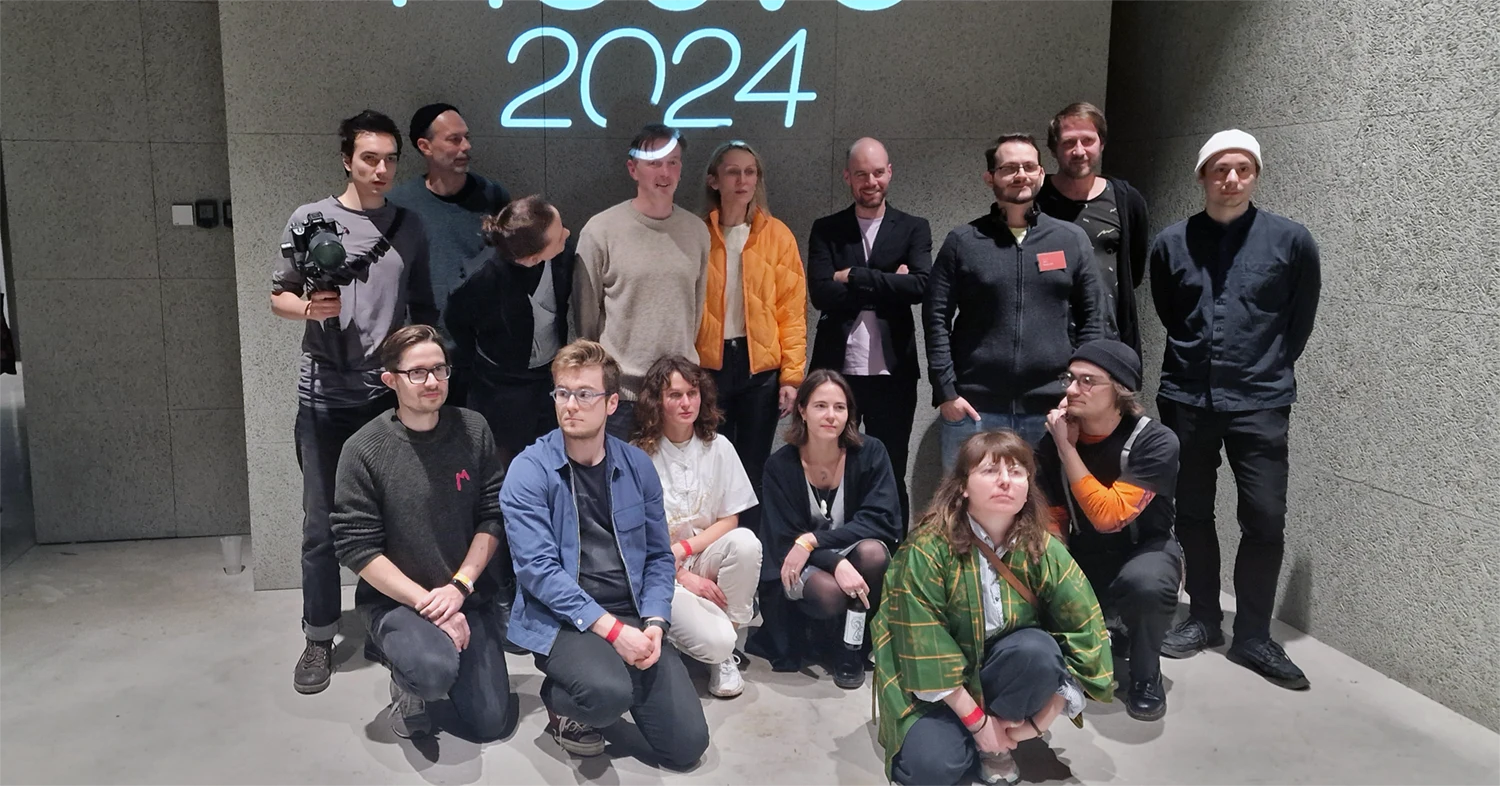
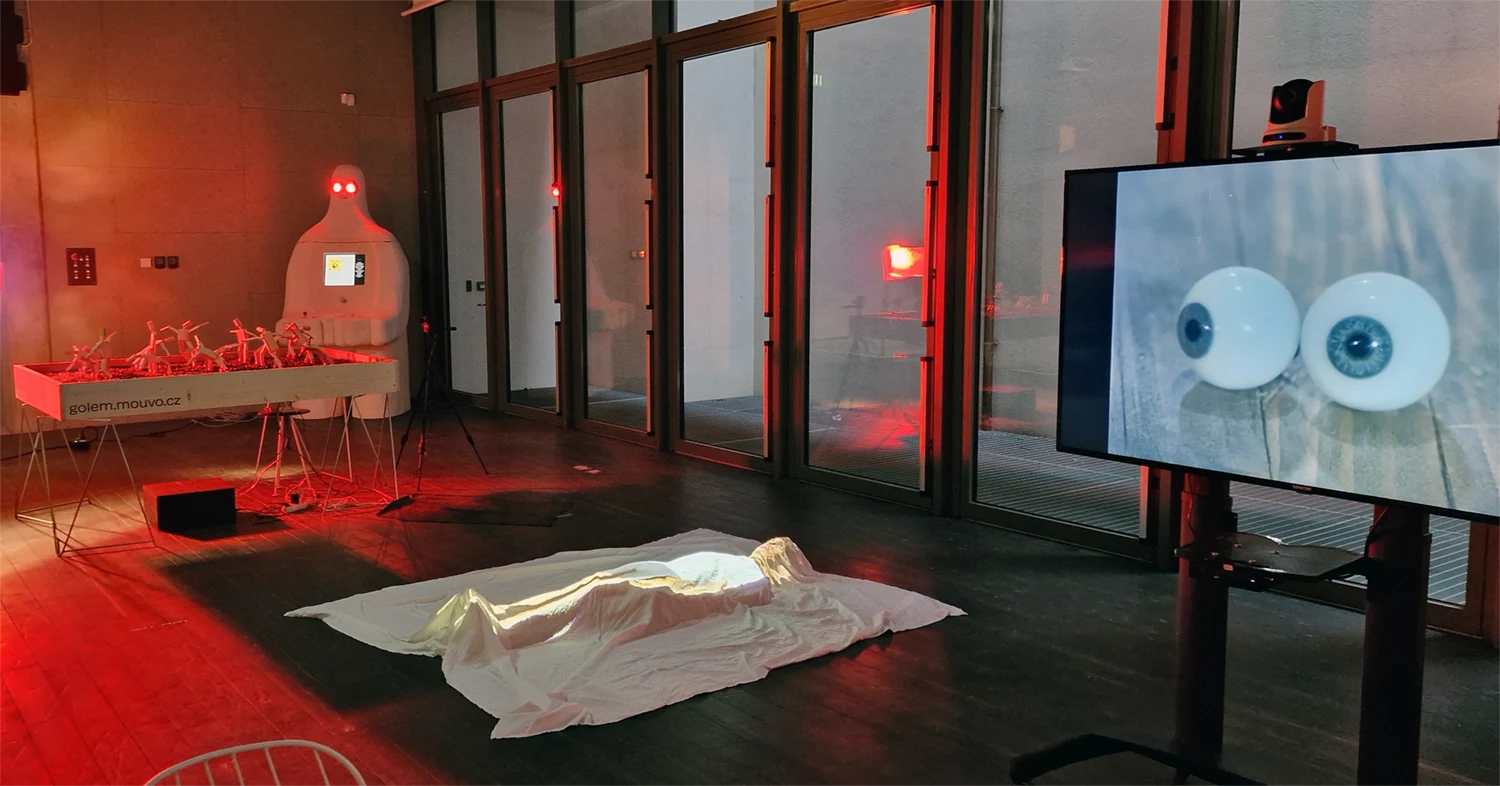
The final act was a performance by NIVVA, an audiovisual project led by a digital avatar, perfectly unwinding the conference atmosphere and setting the stage for an after-party where attendees could casually chat about the conference and forge new connections.
I believe that while the topic of AI is incredibly important and vast, on the flip side, this is a conference about motion design. I would love to see speakers who delve deep into how they use artificial intelligence in their work, as well as those who showcase the use of new tools or techniques within the motion design industry. Perhaps I don't attend industry events often enough, which is why I feel that a day and a half just isn't enough to fully enrich the minds and hearts of attendees. Looks like I need to add a few more events to my calendar!
The 10th edition of Mouvo is planned for March 2025, in Prague.
About Piotr Ciereszyński.
Piotr Ciereszynski is a multifaceted creative, blending his engineering expertise with his passion for visual storytelling. With over 7 years of experience, he excels as an art director, motion designer, and illustrator. Piotr's dedication to motion design extends beyond his projects; he hosts the enlightening "Motion Kiosk" podcast, where he empowers listeners to discover the potential of animation in their lives.
📬
Get the latest design conference news
in your inbox!
Join over 2,000 readers and receive a curated mix of upcoming events, inspirational talks, and links at the intersection of tech, design, and culture every Monday.